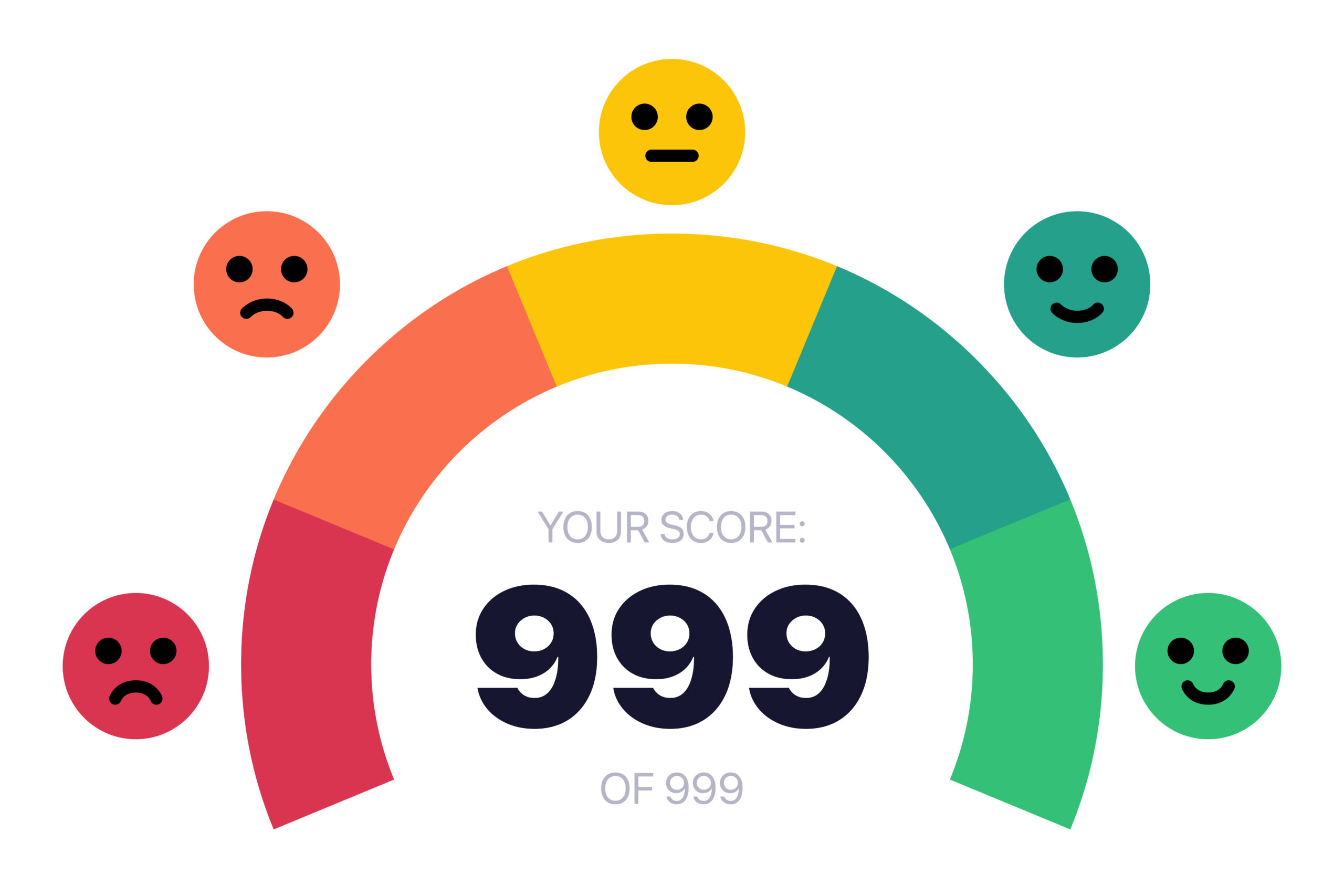Best Money-Teaching Apps for Kids in 2025
Teaching kids about finances doesn’t have to be technical and boring like in the past, and many apps can help you in this mission.
App Tips for Teaching Kids About Money
Financial education for children is extremely important — not just for saving money, but to build knowledge from an early age.
In 2025, this approach reached a new level with the rise of apps that combine dynamic technologies, gamification, and robust parental controls.

These tools help children develop skills such as saving, spending wisely, investing, and even entrepreneurship — all in a safe and guided environment.
1. GoHenry / Acorns Early
GoHenry is one of the leaders in the segment, acquired in the U.S. by Acorns. Designed for children from age 6, it combines a prepaid debit card with learning.
Through Money Missions, the app encourages practical learning with real tasks, helping kids build the concept of saving for the future.
Parents can set spending limits, receive real-time notifications, and create short- and long-term savings goals.
2. Greenlight
This app works with a prepaid Mastercard, offering strict parental control, as well as the ability to set savings goals and invest in fractional shares and ETFs.
Greenlight provides interactive financial literature, educational podcasts, and safety features such as personalized alerts.
3. BusyKid
BusyKid links household chores with financial education, turning chores into real earnings.
Children receive payments and can choose to spend, donate, or invest. The app also allows the purchase of fractional shares with a low minimum, simulating real-world investing.
4. FamZoo
FamZoo functions as a family bank, with parents acting as their children’s “bankers.”
It uses the envelope budgeting method, tracks spending, sets goals, and even simulates loans between family members, offering excellent interactivity for children.
It’s ideal for families that value administrative control and customization in financial education.
5. Rooster Money
Rooster Money targets children ages 3 to 17, offering allowance management, chore scheduling, and visualization of savings through a digital piggy bank.
Its main advantage is the segmentation into “Spend, Save, Gift, and Goals” — four categories that encourage financial planning from an early age.
6. Zogo
Zogo is suitable for teenagers from age 10, turning financial education into a game with visual modules and tangible rewards like gift cards.
It includes over 300 modules covering topics from credit to investments, all in a playful, interactive format.
7. Savings Spree
This app is educational and simple, yet engaging. In Savings Spree, children face everyday financial dilemmas.
Every decision teaches lessons about planning and monetary consequences, such as whether to spend or save for the long term.
8. FitMoney $uperSquad
FitMoney is a gamified platform for elementary school children, offering lessons on budgeting, taxes, investments, and insurance.
The app is set in the fictional world of Fitonia, with lessons available in English and Spanish, fully accessible and ad-free.
9. Step for Teens
Step became one of the favorite platforms among teens in 2025, targeting ages 13 to 18. It offers a fee-free debit card, real-time spending reports, and high interactivity.
Its distinguishing feature is the integration of credit education, showing from an early age how payment habits impact future credit scores.
10. Copper Banking
Copper Banking has gained popularity in 2025 as a digital bank for teens, offering personalized financial goals and automatic reports.
Its standout feature is Personalized Financial Education via AI, which adapts educational content according to each user’s behavior.
For example, if a child overspends on fast food, the app sends alerts and small challenges to help balance this habit.
11. Till Financial
Till Financial also became a top choice in 2025 for families teaching children to collaborate on financial decisions.
The app allows parents and children to build joint budgets, such as for planning vacations.
It reinforces shared spending, creating a collaborative family environment. This functionality prepares children to think not only about individual consumption but also about collective responsibilities.
Which One to Choose?
The ideal choice will depend on the child’s age, the desired level of engagement, and the family’s goals.
The most important thing is to invest in practical, consistent financial education that is aligned with technology.
After all, now more than ever, financial education is a tool for autonomy, responsibility, and prosperity from an early age.





